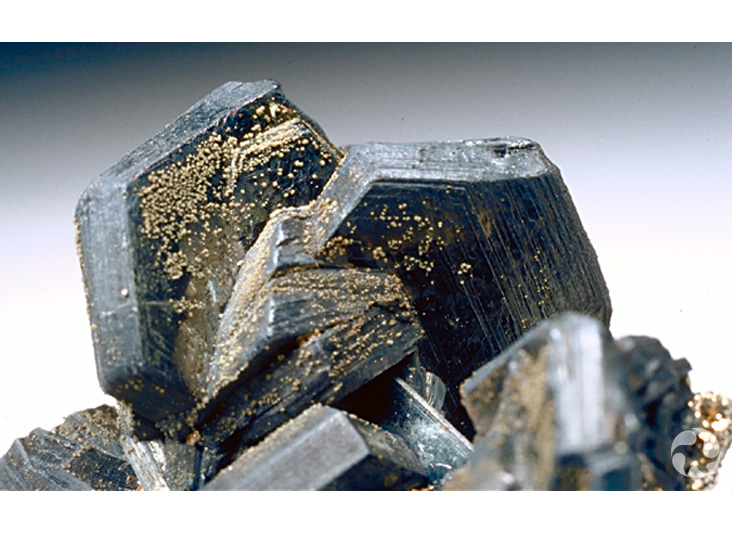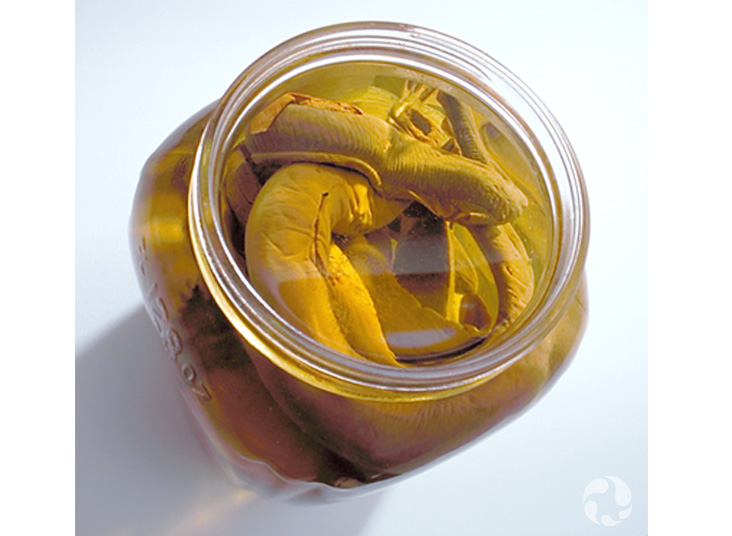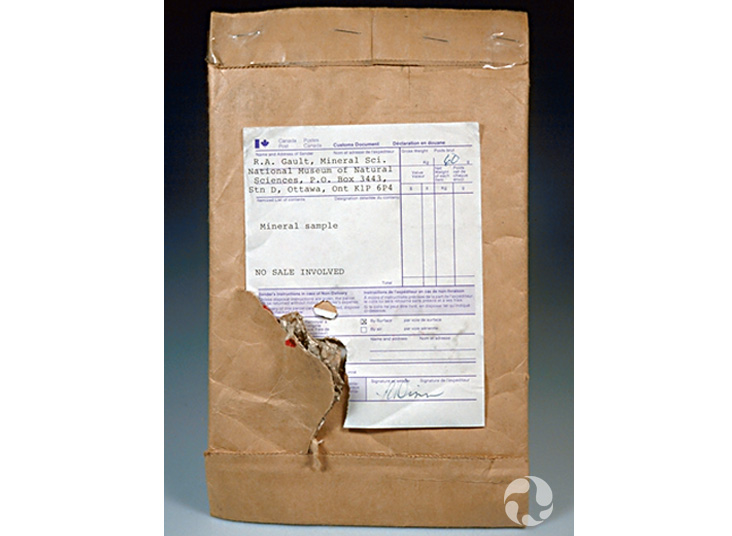- Home>
- Research & Collections>
- Scientific Services>
- Managing Risks: Workshop>
- Agents of Deterioration That Threaten Collection Specimens
Martin Lipman © Canadian Museum of Nature
Close.Agents of Deterioration That Threaten Collection Specimens
See examples in the photos of the following threats to collection specimens:
- Fire
- Water
- Contaminants
- Light and ultraviolet light
- Disassociation
- Physical forces
- Criminals
- Pests
- Incorrect temperature
- Incorrect relative humidity.
Fire Water Contaminants Light and Ultraviolet Light Disassociation Physical Forces Criminals Pests Incorrect Temperature Incorrect Relative Humidity
Outside this former museum building, the risk of physical damage to the natural gas regulator, and therefore, the risk of fire, is evident.
Water marks on this Herbarium sheet represent damage caused by flooding. This specimen of wild bergamot was collected by John Macoun on July 18, 1878.
The fuzzy growth of other copper-sulfide phases, digenite and/or djurleite, has altered this covellite specimen. The contamination is thought to result from interaction with hydrogen sulfide emitted from other mineral specimens.
Placed in a south window for eight months, two of the northern leopard frogs in this experiment have faded about as much as they would after several decades of exposure under controlled lighting conditions in an exhibition. The colour of the centre frog is not as faded as that of the frog on the right because it was protected by an ultraviolet light filter. The frog on the left was completely covered by aluminum foil. A belt of aluminum foil was also wrapped around the middle of each; when removed, their original colour is obvious.
"Pick a label, any label". Losing the connection between specimens and data is a serious risk to any collection. These are whale bones.
This one-gallon jar is too small for these six sea lamprey specimens. Crowding may cause permanent physical damage to the specimens.
The shipping package is torn open, and the mineral sample is missing.
Hungry beetles have damaged the gentian flowers on this Herbarium sheet.
This photograph shows bubbles captured in a quartz specimen. The bubbles contain some of the solution in which this quartz mineral grew. The liquid and gas inclusions were sealed at the pressure under which the mineral formed, typically hundreds or thousands of times greater than that on the Earth's surface. A rise in temperature raised the internal pressure of the inclusions, resulting in the explosion of one of them.

The face and hands of this beaver cracked and split while on display in the museum because of poor humidity control. Taxidermy specimens are very sensitive to changes in relative humidity. Low humidity—such as what we typically experience during our Canadian winters—can cause the taxidermy skin to dehydrate, shrink and split. Prior to the renovation of the museum in 2010, it was difficult to control the humidity. The beaver was repaired and installed in the Mammal Gallery.


